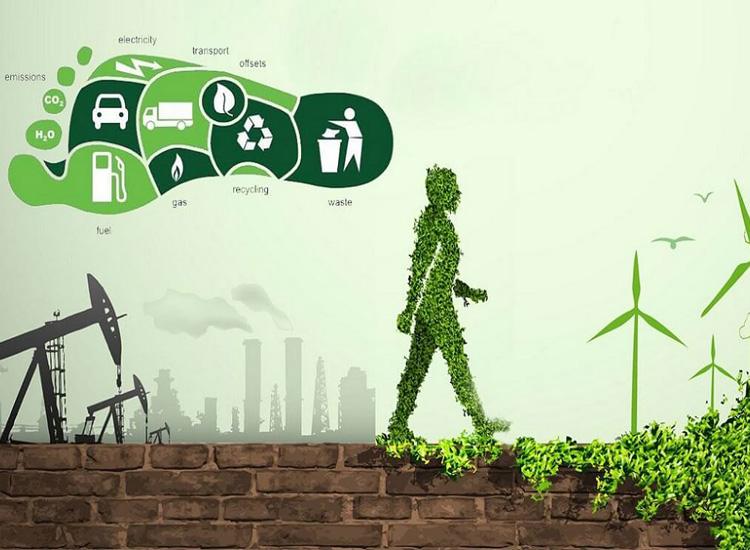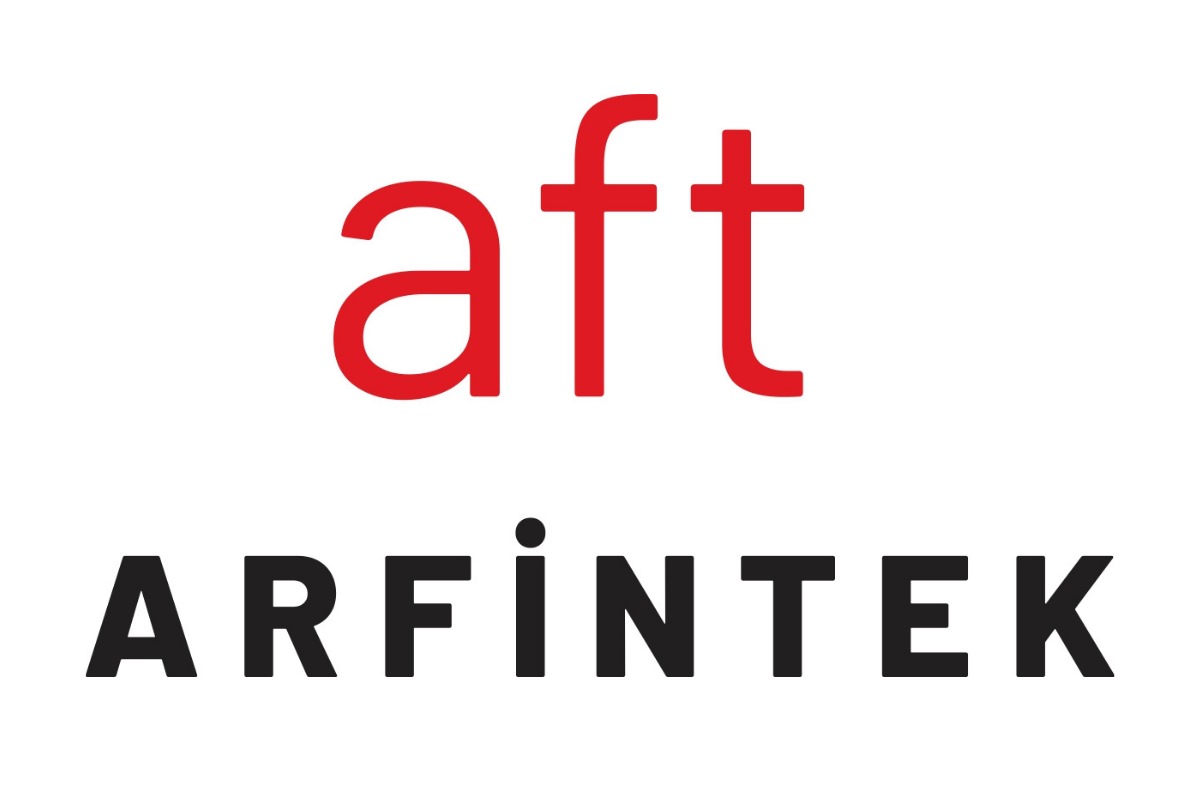Product Carbon Footprint, It is the calculation of the total carbon amount throughout the life of the products from raw materials to recycling. Product carbon footprint is a remarkable issue in terms of evaluating the environmental impacts of products and paving the way for a healthier environment. Product carbon footprint, which has been addressed by many manufacturers and consumers in recent years, is also accepted as a responsibility for brands to recycle and protect the future of the environment. In this guide, what is product carbon footprint? How is product carbon footprint verification done? Product carbon footprint calculation You will be able to find answers to many questions such as how does it happen?
What is Product Carbon Footprint?
Product Carbon Footprint; It is the name given to the carbon emissions caused by the extraction of a product's raw material, its production, its use, its transformation into waste, its conversion into raw material again from recycling or regular storage, and its conversion into energy. ISO 14067 Product Carbon Footprint, It is the calculation of carbon emissions resulting from production processes, transportation, use and recycling during the time the product spends from its initial raw material to recycled raw material.
ISO 14067 Product Carbon Footprint, It is the carbon emission caused by a product throughout its life cycle, including production, use, consumption, waste and recycling. Product carbon footprint is known as the most ideal detection method used to determine product-related climate impacts. Products have climate-related impacts throughout their life cycle, from raw material form to the moment the product is disposed of. Due to these situations, which are seen as greenhouse gas emissions, a product carbon footprint assessment is required. Within the scope of Product Carbon Footprint, it is aimed to define, analyze and reduce or, if possible, eliminate the environmental impacts of the product within the framework of appropriate measures.
Product Carbon Footprint as a related topic Carbon Footprint (CCF) also has an important place in the environmental impacts of the product. CCF, which includes the measures taken and studies carried out by the brand regarding the product, is controlled within the framework of certain norms and rules. In this context, important steps may be taken for the world aimed to be decarbonized by 2050. There are several standards developed in terms of adopting a transparent understanding regarding the greenhouse gas emissions of products. While the development of these standards continues, it is necessary to mention 3 basic standards accepted worldwide. The product carbon footprint standards in question are accepted as GHG Protocol, PAS 2050 and ISO 14067.
What is the ISO 14067 Standard?
ISO 14067 is a standard created by the International Standards Organization. Product carbon footprint konusunda yüksek olasılıkla en yaygın kullanılan alternatiftir. İklim değişikliğinin tek başına bir etki kategorisi olduğundan hareketle denge sınırlarının tanımlanmasında önemli bir yere sahiptir. Bu standardın geniş kapsamda bütün ürünler için uygulanabiliyor olması ve şeffaflığı sağlaması çok yaygın tercih edilmesini sağlar. İlgili yönerge ve gereksinimlere uygun hareket etmeyi sağlarken kararlar, hedefler ve kapsam tanımlaması ile veri toplama süreçlerini de kontrol altına almaktadır.
ISO 14067, Ürün karbon ayak izi kapsamında yaygın olarak kullanılan kapsam ve sınırlamalar ile alakalı şu detaylara dikkat etmek gerekir. İşletmeler ve tüketiciler açısından değeri oldukça fazla olan karbon ayak izi kapsamında pek çok düzenleme getirilmektedir. Söz konusu bağlamda şu detaylar öne çıkmaktadır.
Product carbon footprint The process refers to the stages that need to be taken into consideration within the scope of both national and international regulations. Especially for businesses that trade with EU countries, carbon footprint and life cycle assessment should be carried out in 3-month periods. This solution, which opens commercial doors to many countries, especially EU countries, also highlights many advantages among brands and institutions. Below, you can examine the advantages you can achieve with product carbon footprint assessments.
- It is possible to achieve the potential for improvement in product quality,
- You can leave your competitors behind by gaining a competitive advantage,
- You can take risk management to a better level,
- You can create a more ideal brand image in the public,
- You can reach new business opportunities by increasing market share,
- You can make success sustainable with supply chain management.

- Encouraging demand for products with less environmental impact.
- Making evaluations within the scope of potential improvements and investments.
- Realizing optimization related to supply processes.
- Evaluating environmental impacts one by one at each stage of production processes.
- Comparing sustainability of products in manufacturing processes and making improvements.
- Measuring and managing various life cycle stages within the scope of sustainability of products.
- Determining environmental impacts related to life cycles of products.
- Preparing guiding sustainability plans and evaluating risks and potentials
- Reducing resource consumption to more reasonable levels.
- Reducing the negative impacts caused by environmental emissions.
- Conducting studies to improve or develop social factors.
- Describe the positive connections between economic and environmental factors.
- Product Impact Measurement
- Eco Labeling
- Determining Environmental Impacts
- Product Comparison Solutions
- Product Development and Improvement
- Strategic Planning
- Decision Making
- Marketing
- Raw Material Production: Manufacturing of one or more raw materials required for product creation.
- Production of Products or Services: Manufacturing stages related to products or services.
- Consumption – Usage: The usage phase after the product reaches the customer.
- Disposal: Disposal processes when products are not recycled.
- Recycle: The process of converting the product back into raw material form.
- Transport: Logistics stages of products and services, including intermediate processes.

